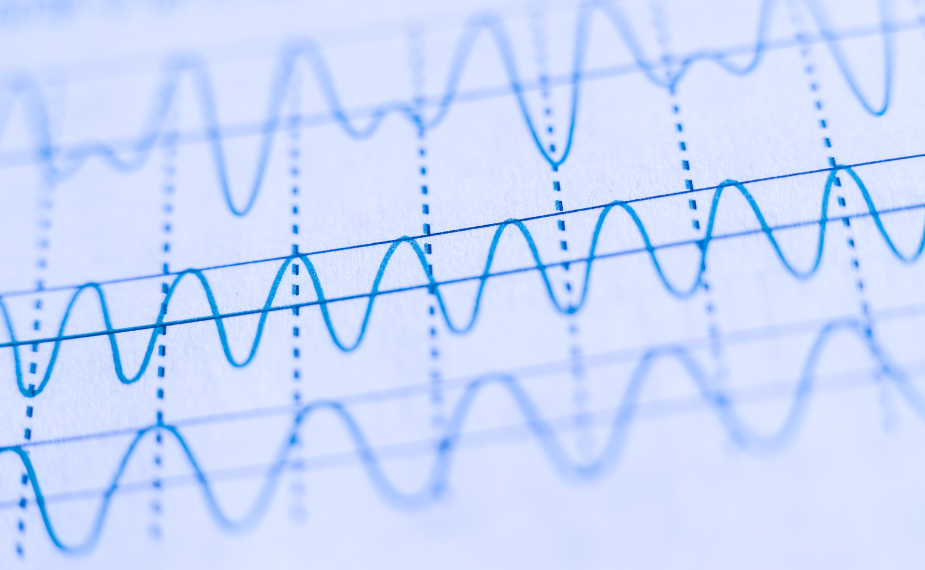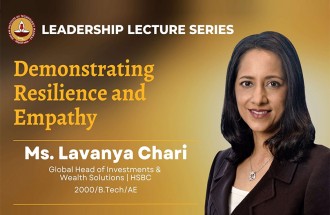
Signal Processing
D. Sundararajan, M.Tech/ EEE/ 1982Signals are used for communication of information about some behavior or nature of some physical phenomenon, such as temperature and pressure. In the mathematical form, it is a function one or more independent variables. Speech signal is one of the most commonly used signal by human beings. Signals usually need some processing for their effective use. Available speech signal may be too weak for audibility. It needs amplification. Signals get degraded in transmission by known or unknown processes. These signals need suitable filtering to improve their quality. After conditioning the signal, the information content of the signal has to be extracted. In applications of signal processing, we encounter a variety of signals, such as biomedical signals, audio signals, seismic signals and video signals. Most of the naturally occurring signals have arbitrary amplitude and difficult to process as such. Basically, in signal processing, these signals are suitably approximated by a few basis signals so that signals are represented compactly and the processing becomes simpler and efficient. The approximation divides signal processing into two major types, processing in the time domain with the time as the independent variable and processing in the frequency-domain with the frequency as the independent variable. In the time domain, signals with arbitrary amplitude profiles are represented in terms of scaled and shifted impulse signals. In the frequency domain, signals are represented using sinusoidal signals. We use the type that is more advantageous for the given signal processing task. Of course, there are lots of details, in either case, to be studied to become proficient in processing the signals in practice. Signal processing has applications in almost all areas of science and engineering.
Some of the applications are:
Audio and video processing Signal processing improves the quality and clarity of audio and video signals and extracts desirable features
Image processing Signal processing improves the quality and resolution of images, in addition to extracting features such as, edges, shapes and textures
Speech processing Signal processing analyzes and interprets speech signals, resulting in systems that can transcribe speech or recognize spoken commands
Telecommunications Signal processing tasks such as transmission, reception and analysis of signals are widely used in telecommunication systems
Control systems By processing feedback signals from sensors and actuators, signal processing helps to stabilize and optimize the performance of control systems
Biomedical signal processing Signal processing can analyze and interpret electrocardiogram signals and magnetic resonance imaging scanners
Some of the operations used often in signal processing are:
Filtering In filtering operation, we remove the unwanted frequency components of a signal. There are different types filters such as lowpass, highpass and bandpass. These filters can remove frequency components of a signal over different parts of its spectrum
Fourier analysis This operation separates the frequency components of a signal and is a fundamental operation in signal and system analysis
Modulation This operation embed the message signal to be transmitted into a higher frequency sinusoidal carrier signal for long distance transmission. There are different types of modulation such as amplitude, frequency and phase modulation
Demodulation This process extracts the message signal from the modulated signal received at the receiver
Noise reduction This operation reduces the noise component of a signal by filtering and averaging
Compression This operation reduces the size of a digital signal. It is often used to reduce the size of audio and video signals for storage or fast transmission
Some of the algorithms used often in signal processing are:
Convolution Convolution, in the digital domain, is basically a sum of products of two sequences, after one of them is time reversed
Correlation Correlation, while similar to convolution, is a similarity measure between two signals
Fast algorithms for the computation of the discrete Fourier transform These fast algorithms, using divide-and-conquer procedure, compute the discrete Fourier transform by an order faster than that of computing from its definition.
About the Author:
D. Sundararajan is an an M.Tech graduate from IITM in the year 1982 in power systems batch, EEE dept. He is an international author in Signal processing and related areas. More details at his Amazon page: https://www.amazon.com/D.-Sundararajan/e/B001JOHU18






